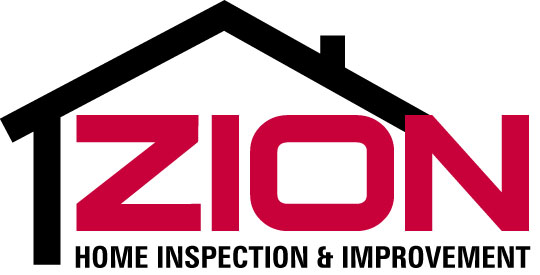Mold Inspection and Testing
If you suspect that you have mold growth somewhere in your home and you would like to confirm the type of mold, the location of it, and extensiveness of it we’ll come do a full visual inspection to look for moisture intrusion and potential mold in the attic or the crawlspace and all throughout the home.
What is mold?
Mold is a useful and important part of nature, that breaks down dead organic matter such as fallen leaves and trees. Mold spores are unseen to the naked eye and float through the air, where they will be transported to a new location to grow. This is how mold reproduces, releasing the spores and allowing them to go with the wind, both indoors and outdoors. While it is a helpful part of nature, recycling dead plant material, indoors it is not desirable and can be concerning for occupants’ health. Mold spores are quite prevalent in our everyday lives, and we will not be able to keep mold spores out of our homes. The good news is mold cannot grow without moisture, so the key to mold control is moisture control.
When mold is growing indoors it is because it has a consistent source of moisture. It might be from a plumbing leak, roof leak, shower humidity, or even elevated indoor humidity from house plants. There are different types of molds.. While they all require water to grow and produce allergens, some even produce toxic substances known as mycotoxins. You can have a reaction to inhaling or touching mold spores. Symptoms are commonly sneezing, runny nose, red eyes, and skin rash. People with asthma can have asthma attacks triggered by mold. If you are concerned about being adversely affected by the presence of mold, you should consult your doctor to identify your personal risks. Mold growing indoors should be avoided even with non-existent allergic reactions from occupants.
Mold destroys the substrates that it grows on. Its function in nature is to break down organic material and that’s what it will do in your home. Some organic material that it may attack would be lumber and other wooden components, wallpaper, and the paper on the back of drywall.
Getting rid of and preventing mold
Check for and fix any defects in the form of:
Plumbing leaks
Roof leaks
Window leaks
Exterior door leaks
Air sealing of the building
Outdoor drainage
Crawlspace moisture
Excess condensation
Excess humidity from humidifiers
Improperly vented dryer and heating and cooking appliances
Improperly ventilated shower
Refrigerador door seal
Surfaces in or around a/c allowing air leakage or condensation
How to Clean Mold and Who to Call for the Big Jobs
Many people may want to schedule a mold inspection as a means of eliminating possible external factors in their mysterious ailments. As stated above, you should always consult your doctor regarding your health, but it may be pertinent information to your doctor if you have elevated levels of molds in your home. In many cases mold can be identified by homeowners enough to take the proper steps to clean it and prevent its return, as all types of molds should be cleaned and prevented from growing indoors.
Your first step is prevention through moisture control. If prevention fails, then cleanup begins with getting rid of the source of moisture. Porous materials with extensive mold growth may need to be thrown away. Hard surfaces that are not rotting may be able to be cleaned with soap and water. A licensed contractor should perform mold remediation if the area is larger than 10 square feet. You should not do any cleanup of mold yourself if you are highly sensitive. Rubber gloves and N-95 Respirator Masks are recommended.
According to the Environmental Protection Agency (EPA), “In most cases, if visible mold is present, sampling is unnecessary.” Some inspectors may object to this because, while for practical purposes it is correct, it is a statement based on assumption. The only way to know what you are seeing is truly mold is by sampling. If there is no need to confirm that it is mold beyond “visible, apparent mold”, then there is no need to sample. When considering requesting samples to be taken, keep in mind that there may be other people affected by the findings of the mold inspection who will request confirmation of visible, apparent mold as actual mold growth.
Armed with a mold inspection report, you can take the proper steps to improve and maintain the indoor air quality in your home. The Mold Inspection is performed in accordance with the Mold Inspection Standards of Practice of the International Association of Certified Indoor Air Consultants (www.IAC2.org). I will take moisture, temperature, and humidity measurements; I will report on moisture intrusion, water damage, musty odors, apparent mold growth, conditions conducive to mold growth, the results of a laboratory analysis of all mold samplings taken at the building, and any system or component listed in the Standards of Practice that was not visually examined, and the reasons they were not inspected. The inspection process takes about 2-3 hours. Results from the lab analysis can take 2-4 business days, possibly longer if the lab is backed up.
Questions About Mold Inspections and Testing? Read Below or Ask an Inspector
